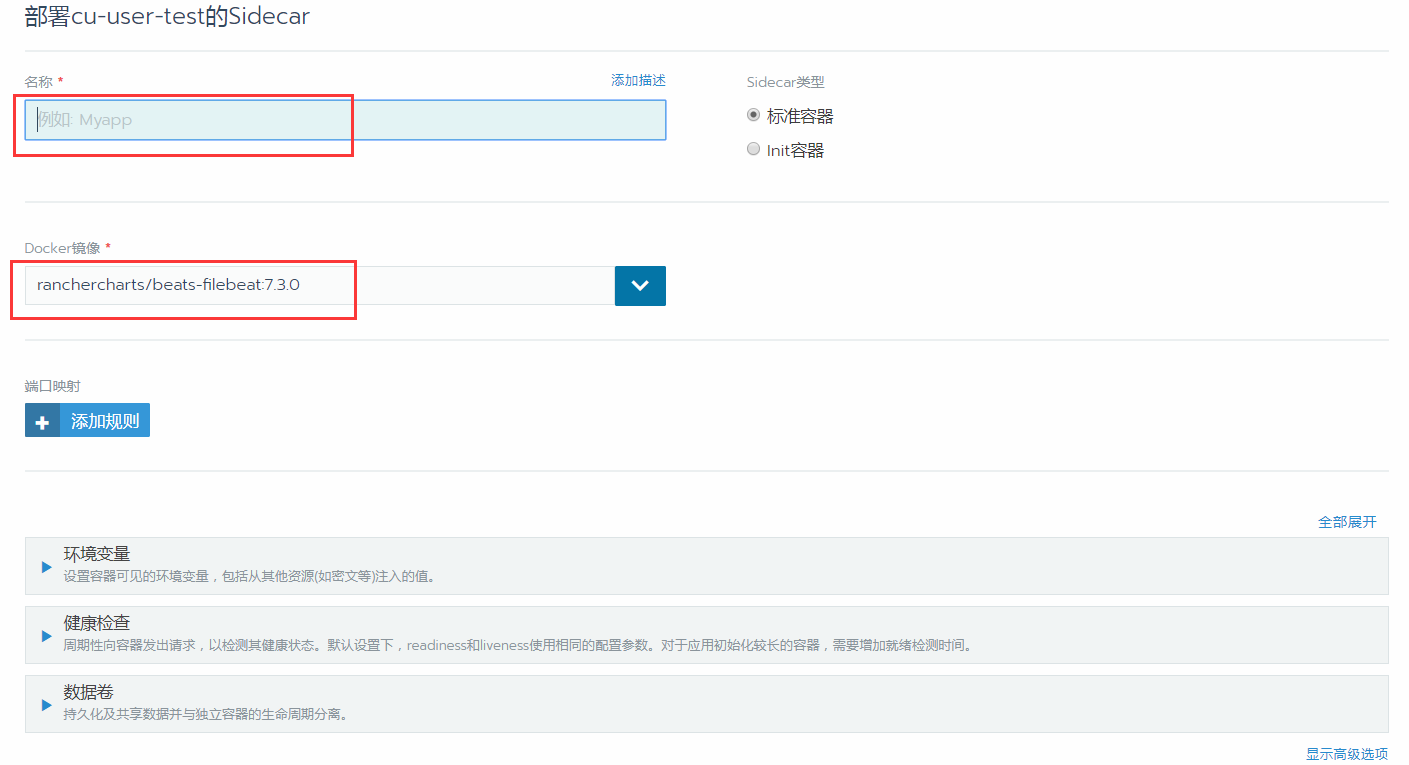

Of course that won’t be useful if you parse other kinds of logs besides nginx. If you add the date it would read today’s parsed logs. That is, if you put filebeat* it would read all indices that start with the letters filebeat. To add an index pattern simply means how many letters of existing indexes you want to match when you do queries. If you have then navigate to the Management screen and add one. If you have never used Kibana before it will ask you to set up an index pattern. The index name will be some combination of the word filebeat and today’s date. Note that we have saved the userid:password option in the $pwd environment variable. You can verify that by querying ElasticSearch for the indices, replacing the URL below for the URL for you instance of ES. sudo filebeat -eįilebeat will process all of the logs in /var/log/nginx. The -e option will output the logs to stdout. sudo filebeat setup -eįor subsequent runs of Filebeat run it like this. Run this command to push nginx dashboards to Kibana. This makes it simpler to connect to the instance as it eliminates the need to put IP addresses and ports.
Edgerouter filebeats password#
sudo filebeat modules listĪdd the cloud it and your userid and password to the Filebeat config file.

List enabled modules and you will see that nginx is listed.
Edgerouter filebeats install#
If your web server does not have much data, to get a larger amount of log entries change to the nginx log directly and download these two logs: sudo cd /var/log/nginxĭownload filebeats and then install it: wget If you don’t already have a web server you can install Linux or just download some sample nginx files into the /var/log/nginx folder. Note the cloud ID, password, Kibana URL, and Elasticsearch URL as you will need them below. But here we use Elastic Cloud.įollow the instructions we wrote here to set up ElasticSearch in the cloud if you don’t already have a system. You can use your own locally-installed instance of ElasticSearch.
Edgerouter filebeats how to#
Here we explain how to set up ElasticSearch to read nginx web server logs and write them to ElasticSearch. Automated Mainframe Intelligence (BMC AMI).Control-M Application Workflow Orchestration.Accelerate With a Self-Managing Mainframe.Apply Artificial Intelligence to IT (AIOps).


 0 kommentar(er)
0 kommentar(er)
